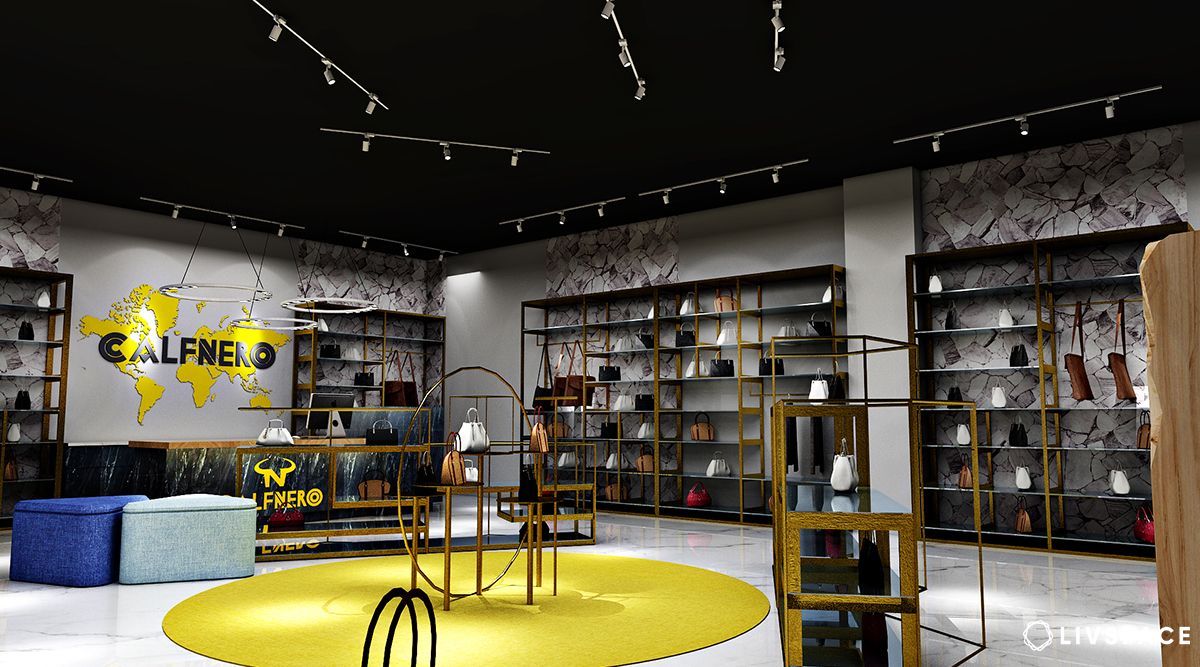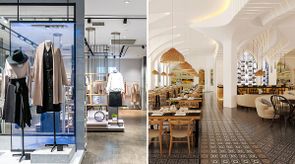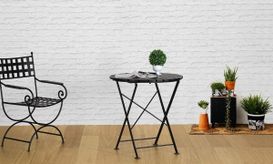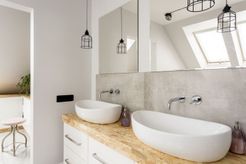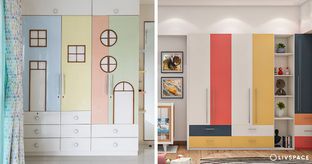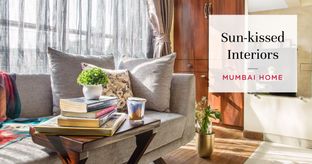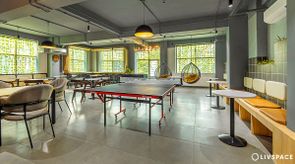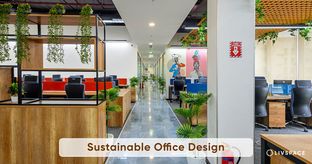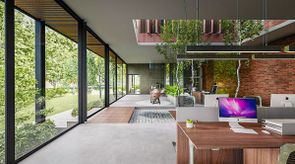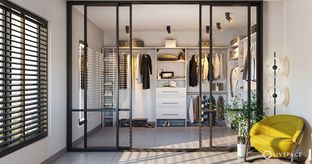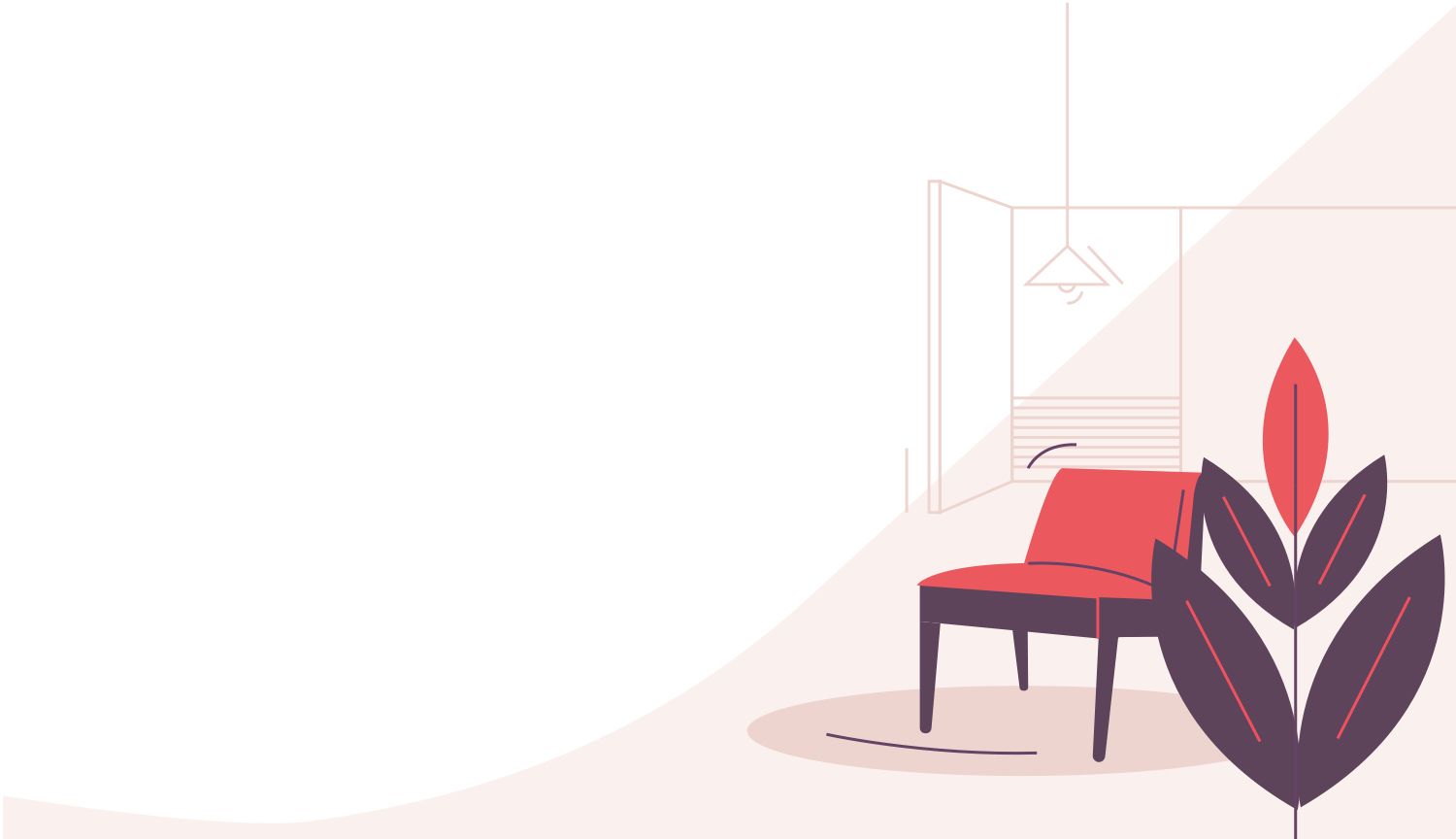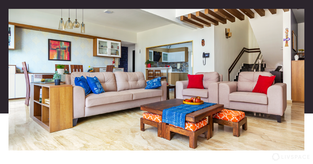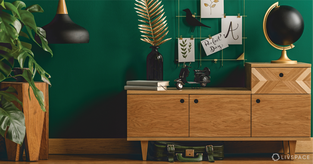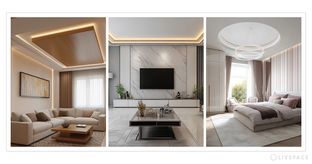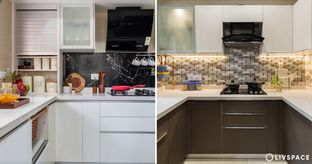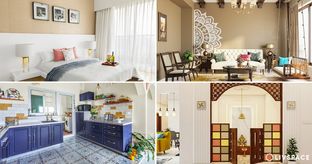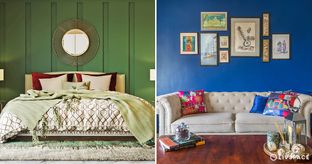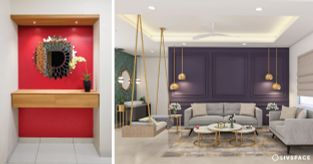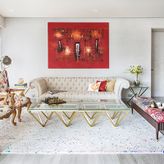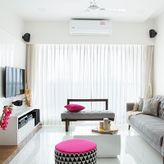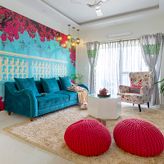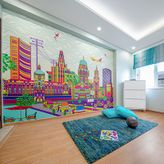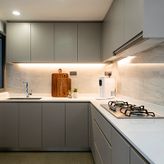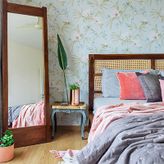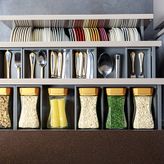In This Article
Retail interior design forms a vibrant core in the vast design world, representing a mix of architecture, marketing, psychology and lifestyle trends. Apart from being a functional space for displaying products, your store interior design should also appeal to consumers’ emotions and make the brand’s personality come alive.
Retail interior design is the heart of every successful retail business. It shapes the customer’s experience from the moment they enter the door. Moreover, it connects the brand identity with the emotional threads of its customers.
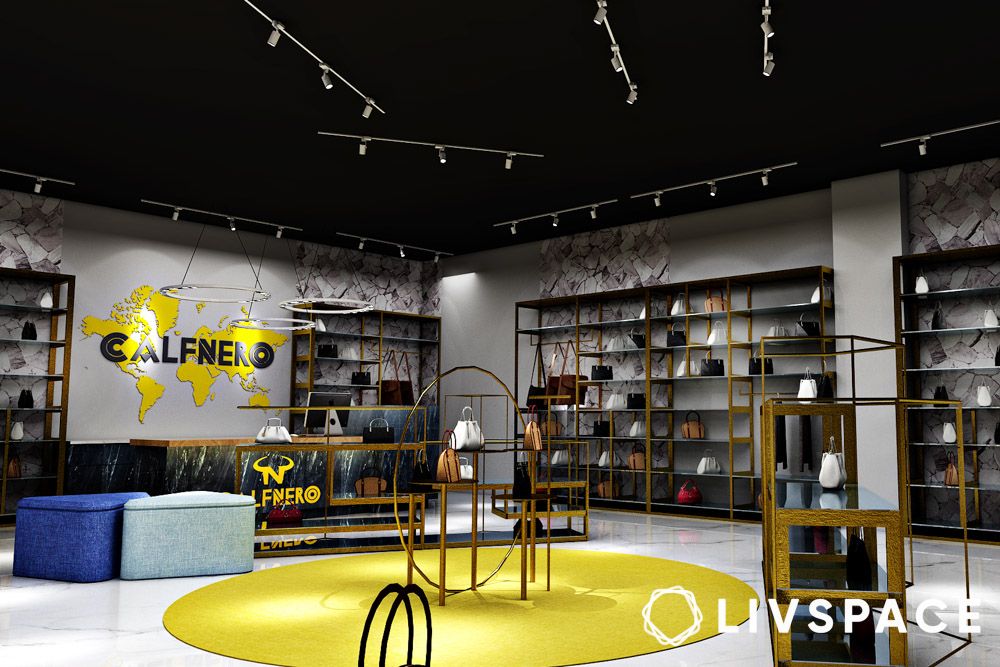
In an era where e-commerce challenges the importance of physical retail spaces, the role of store interior design becomes crucial. It’s the tangible experience of being in a well-designed store that will make your customers happy. Additionally, the ability to touch, feel and explore will help you provide an edge over the convenience of online shopping.
Retail store interior design goes beyond visual aesthetics. You need to ensure that you provide a holistic experience to your customers.
Different Layers of Retail Interior Design
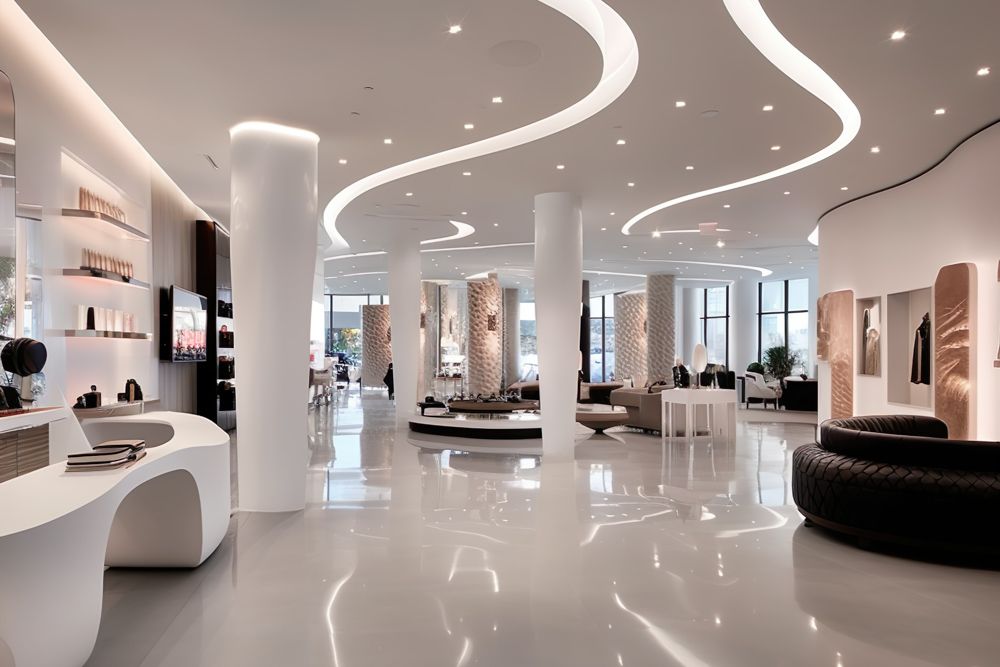
The first layer of your store interior design is creating an inviting and unique shopfront. This would help you attract the curiosity of passers-by and convert them into customers. Opt for an artful blend of window displays, signage and lighting. Moreover, you can also use outdoor elements.
The second layer of your retail interior design includes the store layout, something most store owners underestimate. However, it plays a significant role in customer movement as well as their interaction with your products.
A well-planned store layout can subtly steer your customers through a predetermined path, showcasing the right products and providing a seamless shopping experience. The popular layout styles—grid, loop or free-flow—are chosen based on the brand’s needs and customer behaviour.
Zones of a Store Interior Design
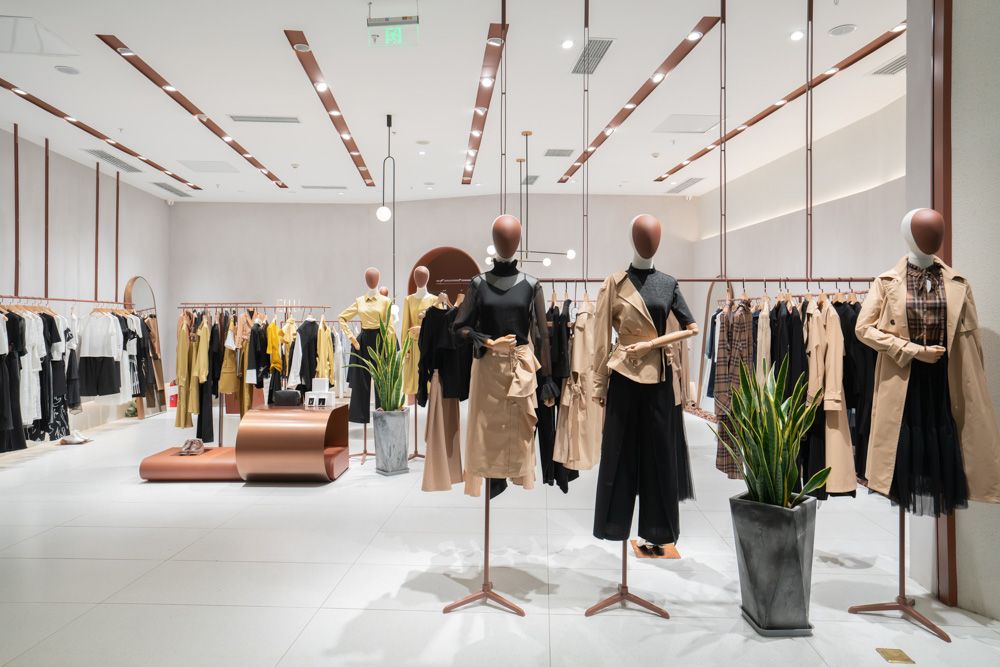
A store interior design comprises three zones: the front, middle and rear. The front, or decompression zone, should be clutter-free. The centre, or the power wall zone, is where retailers display their new arrivals or bestsellers. Additionally, the back zone is ideal for clearance items or less popular goods.
Moreover, interior design in a retail setting is about creating zones for different activities – a socialising area with a coffee machine, a play zone for kids, or a lounging area with sofas and charging ports. These areas provide a break from shopping. As such, your store feels more welcoming and homely.
Components of a Good Retail Interior Design
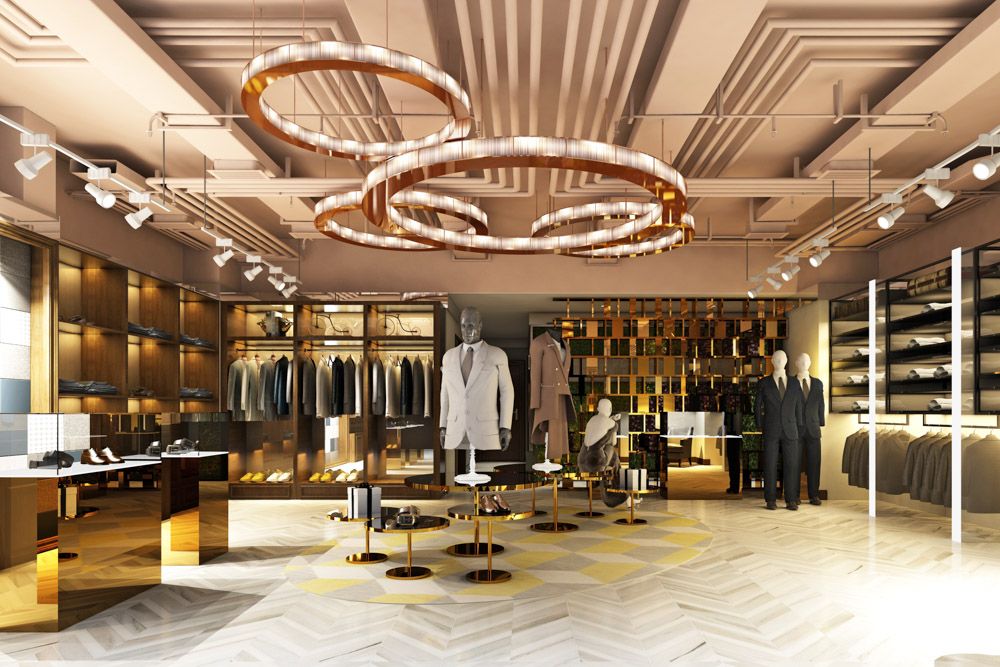
A good shop interior design involves cleverly using space, lighting and materials to increase the appeal of your products. Lighting can impact the mood, create a certain ambience and highlight essential products. Similarly, materials should be chosen to reflect the brand’s philosophy. Additionally, sustainable materials and green designs are popular among the environmentally conscious consumers.
Retail spaces should also consider inclusivity. Your store should accommodate all, including the elderly, children and those with physical disabilities. In addition, spacious aisles, easily accessible displays and rest areas make the shopping experience more comfortable and enjoyable.
In addition, the interior design should resonate with your brand’s identity and values. Whether a chic, minimalist design reflecting a high-end fashion brand or a rustic, eco-friendly design for a zero-waste store, the design should align with the brand’s core values.
Retail Interior Design: A Summary
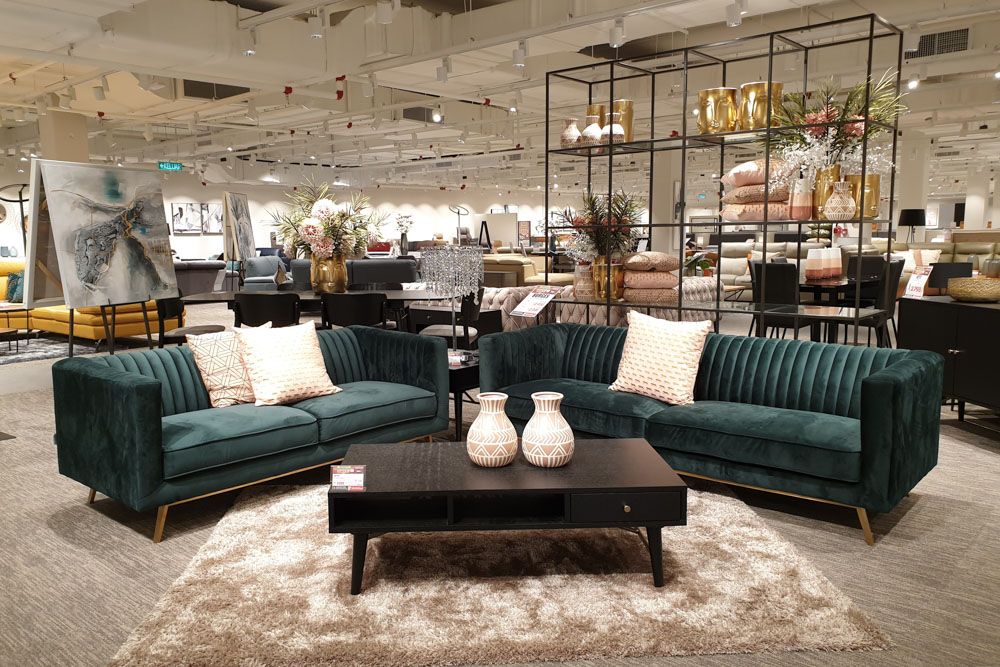
Retail interior design is an artful and strategic blend of various elements – architecture, lighting, materials and layout. These help in creating an engaging shopping environment that resonates with the brand’s identity. Additionally, it is about understanding the needs and aspirations of the target audience and translating them into a tangible and enjoyable shopping experience.
In a world increasingly leaning towards digital interactions, thoughtfully designed retail spaces will always stand the test of time. This is because your well-designed physical store allows customers the opportunity to connect, explore and experience a brand’s persona up close.
At Livspace for Business, our retail interior designers are constantly trying to implement the best practices that prioritise functionality and aesthetics. If you are looking for a partner to help you with best practices in retail interior design, simply contact us. Take a look at our website to learn more.
